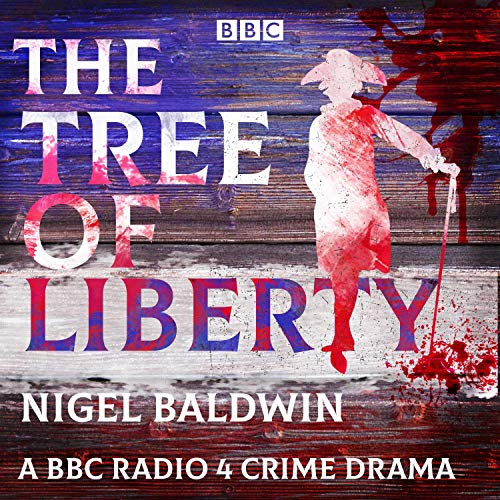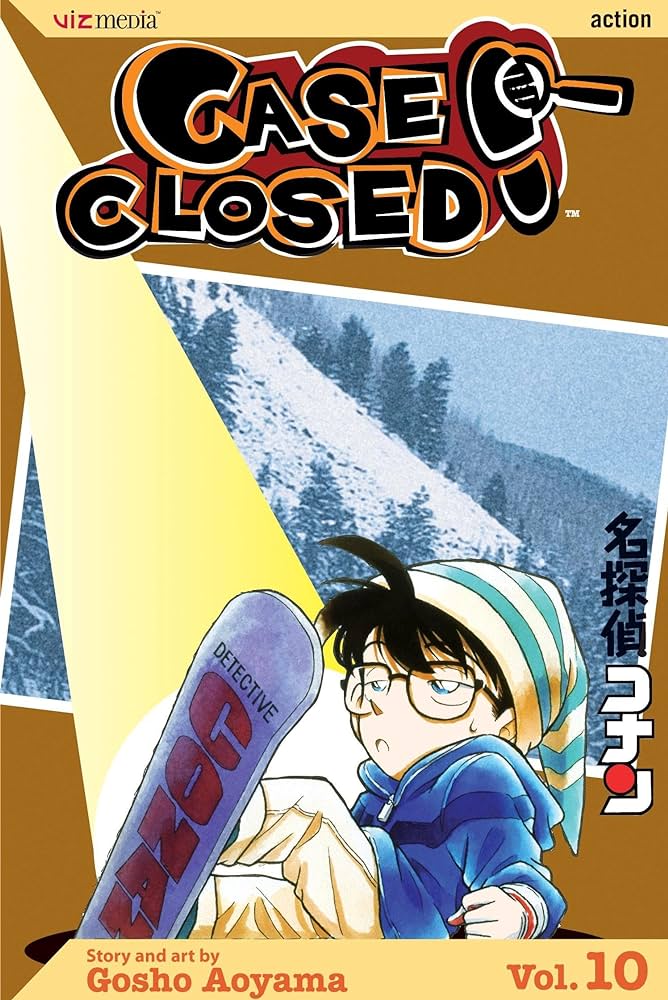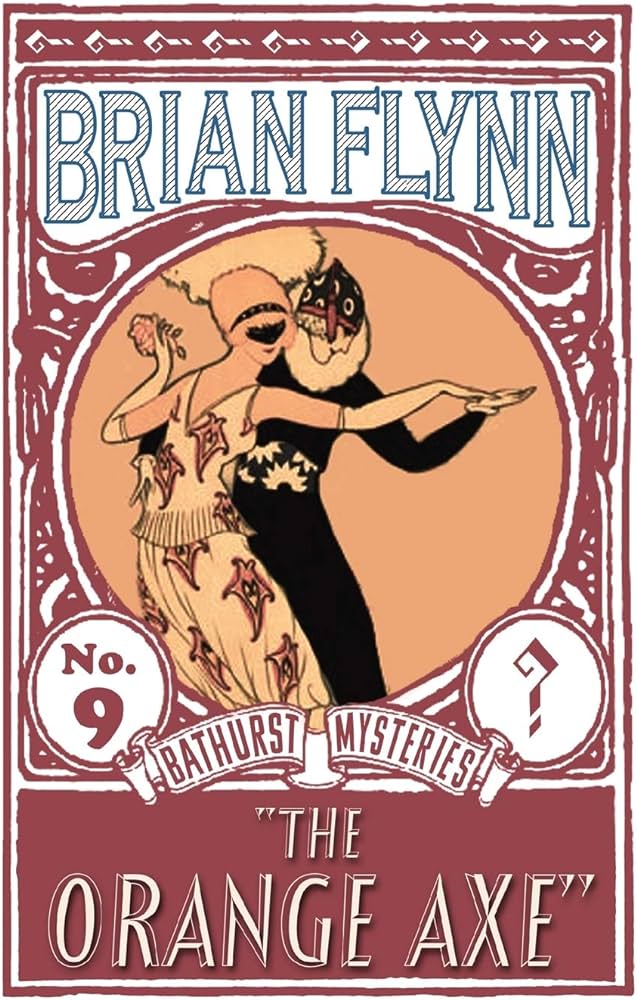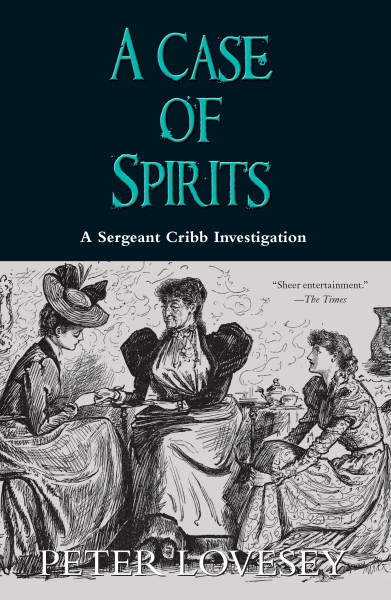
First Collected 1955
Inspector French #30
Preceded by French Strikes Oil
Followed by Anything to Declare?
While I enjoyed reading through Crofts’ four inverted mystery novels, I felt quite disappointed when I realized that meant I had no more left to read [Update: 3/10/2020 – Since writing this, I learned that I have at least two more inverted mystery novels to read – Fatal Venture and Anything to Declare?]. You can imagine my delight then when I finally got around to reading this short story collection and found that it was entirely made up of inverted puzzle mystery stories!
Most of these tales are very short as they were written to be published in newspapers – a fact Crofts references in his introduction where he comments that he had to flesh some of them out for inclusion here. Accordingly most are designed to feature few characters and comparatively simple situations, though most feature either an apparently perfect crime or unbreakable alibi.
The ‘Many a Slip’ of the title refers to the idea that one small mistake can allow a diligent police detective to unravel even the most complex of alibis. After presenting us with a description of the events leading up to a murder, Crofts then provides a short epilogue, most of which feature his series detective Inspector French, in which he comments on how the case was solved. The format is a little reminiscent of the adventures of Boy Detective Encyclopedia Brown with most cases relying on some tiny incongruous detail, usually not directly related to the murder.
Many of those solutions are quite ingenious but they are not without their issues. A pretty common issue is that a few stories rely on information that may go a little beyond common knowledge as few stories directly describing the crucial clue. This isn’t a problem if your interest is chiefly procedural of course and in many cases you could probably work out what the issue is likely to be based on Crofts’ habit of using the principle clue for his titles. On balance I think most of the stories are fair and would have been even more so at the time they were written.
For the most part I found this to be a pretty entertaining collection but I do suggest that these may be best dipped into rather than read in one or two sittings. Crofts picks on several murder methods and themes and returns to them repeatedly. Usually he presents a different or interesting twist on those ideas but I think they would have more impact in small doses.
I would suggest that Crofts’ skills were perhaps better suited to the novel rather than short story format but in spite of that I think this is a solid collection with some highlights. A couple of stories stand out as particularly strong efforts. Mushroom Patties stood out for its fair play solution which I am happy to report I missed as did The Aspirins and The New Cement. My favorite tale in the collection though is The Photograph which I felt was exceptional, putting its inventive solution in plain sight.
Crime on the Footplate
A train’s fireman plots to kill the driver, staging an accident. The plan he comes up with is relatively inventive but I suspect readers may struggle to identify the ‘slip’ the murderer makes as it is not directly referred to in the text. Regardless it is a clever reveal and I think it is explained well.
The Flowing Tide
A lawyer who has embezzled a client’s funds is shocked when that client unexpectedly asks to sell the very shares he has already disposed of. Realizing that discovery would be inevitable, he decides on murder as the solution to his problem.
I found this to be a clever little story. The character of Morriston, the victim, is fairly strong, standing out as being much more detailed than many in this collection. The murderer’s scheme falls apart based on a tried and tested ‘slip’ but I didn’t mind this too much and felt it had been utilized quite effectively.
The Sign Manual
A businessman embezzles money from his firm to deal with his debts but realizes that detection by his partners is inevitable. He soon turns to murder, developing an elaborate plan to kill one while framing the other.
The biggest issue with this story is that it directly follows a very similar one highlighting some of the repeated elements. This is a shame because there are some clever ideas here. The murder method is elaborate while the way he is caught is simple.
Mushroom Patties
There are shades of Cinderella in this story in which a young woman finds her lifestyle unbearable when her stepfather remarries. The difference is that Laura sees murder as the solution to her problem, planning to kill the stepfather and frame his new wife into the bargain.
Crofts devises a pretty cunning, if somewhat convoluted, setup for this murder which plays off the victim’s daily routine. The ‘slip’ is one of the fairest in the whole collection, being directly mentioned in the text (though I missed it) which I appreciated.
The Suitcase
A man who is being blackmailed hatches a plot to kill his tormentor during a train journey. While the blackmail element is new, this story shares some elements with Crime on the Footplate. This is a bit of a shame as reading them in relatively close proximity serves to highlight some of those similarities, making those elements seem a little less original. The biggest problem lies with its solution which felt a little underwhelming.
The Medicine Bottle
In this tale a killer plots to poison an elderly relative to gain an inheritance, creating an alibi problem for the police to solve.
This is another story that I would classify as clever while pointing out that it relies on a little specialized knowledge to beat. The way the killer is detected is certainly credible and quite clever but I wasn’t entirely satisfied with the experience of solving it.
The Photograph
In this story a man plots to kill a rival he fears his wife may be falling in love with. He creates a very clever alibi, manufacturing a piece of photographic evidence to support it.
This is easily one of my favorite stories in the collection. Not only is the crime plotted well, the solution plays absolutely fairly with the reader, the most critical facts being directly referenced in the story.
The 8.12 From Waterloo
A man who is being blackmailed decides to murder his tormentor on a train. One of the most interesting things about this story is that it directly references the first one in this collection. In fact the murderer bases his plan on that story (which is a work of fiction by Freeman Wills Crofts – how meta!).
The murderer here does learn the mistakes of the first crime but manages to make a fresh one all of his own. I didn’t find it the most thrilling of ‘slips’ to discover but it does at least play fair with the reader and I did appreciate that we get a bit more of French than usual here.
The Icy Torrent
A pair of inventors plan to bump off their boss who uses a technicality to claim their work, conducted in their own time, as company property.
This story opens by explicitly telling the reader a source of information that will help them work out how the murderers will be caught. This is a pretty gutsy idea (and kudos for his commitment to fair play here), though the relevance of the information may still escape some readers.
The Footbridge
This story is narrated by a Policeman who reveals that he solved his first murder case with the assistance of Inspector French and describes what happened. The murderer is a man named Oates who fell in love with his neighbor’s wife and plots to kill him while he is crossing a bridge. The plan strikes me as a little convoluted, although credible, in its mechanics but the story does have some other points of interest that compensate.
Where most of the stories in this collection hinge on one mistake, this one stands out for containing several. Some of these are really quite clever however and certainly not ones that would have occurred to me, yet it is clear how they might lead to catching the killer.
Tea at Four
A husband and his wife find themselves in dire straits when a client unexpectedly dies which is sure to bring his embezzlement of her funds to light. They decide that their only way out is to acquire funds of their own by murdering the wife’s uncle as she expects to inherit his estate.
This story touches on some themes that have already repeated several times in this collection (the embezzlement motive particularly stands out) but that does not mean this story lacks interest. Its most interesting angle is not the murder or the way the killers are caught but the question of justice that Crofts raises.
The New Cement
Inspector French happens to visit a sculptor friend who is about to test out some chemicals that have been sent to him to create a new, more easily moldable cement and recognizes that the materials will explode when combined. His suspicions raised, French decides to set a trap for the would-be killer.
There is a little novelty here in the criminal not actually managing to pull their plan off to begin with. The investigation seems quite simple but I appreciated that Crofts puts a small twist in place to make it more complicated than it initially appears.
The Upper Flat
A man plots to kill a former lover by making it appear she fell to her death. The crime is not as inventive or engaging as some others in this collection but the slip is pretty solid.
The Broken Windshield
A household servant, seeking to set himself up in a new line of work, begins pilfering from his master’s collection. When it seems he might get caught he decides murder is the only way out.
Though the embezzlement motive is a fairly common one in this collection, this one stands out a little from those others for involving material possessions. The killer does make a few reckless choices but the slip is a logical one that the reader can deduce.
The Mountain Ledge
When a teacher discovers that the school’s headmaster is planning to retire unexpectedly on medical grounds he decides to eliminate a rival for that position by staging a mountain climbing accident.
The premise of this story felt quite different from many of the other tales in the collection, in part because of the object he desired was a promotion rather than retaining what he already had, so I was quite intrigued by this story. Unfortunately the resolution just didn’t grab me particularly, perhaps because I found the explanation a little too detailed.
The Unseen Observer
A man has fallen in love with his neighbor’s wife and, after she rejects his suggestions to run away overseas, he decides that murder is the only way they will be together. After setting up his alibi he surprises his victim with a blow to the head from a cosh, planning to dispose of the body some distance away shortly afterwards.
I do think that this story is spoiled by its title which basically gives the whole game away as to how the killer will be caught but even if this wasn’t the case, several story points feel like they rehash those from other tales in the collection.
Boomerang
A man who borrows money from a loan shark is dismayed when a personal letter falls into the hands of another of the lender’s customers and he is approached with blackmail demands. While most of the titles in this collection directly refer to the slip that brings down the criminal but this story’s title, while apt, is a little more obscure.The story touches on some now-familiar themes in Crofts’ work – a man acts recklessly to pursue a woman he cannot afford to keep (in addition to other stories in this volume, there is his novel Antidote to Venom) and there is another instance of the hitting someone over the head method of murder. In spite of that however I think that this story is pretty cleverly and logically resolved.
The Aspirins
After falling victim to a conman, a nurse finds a job that offers some financial security caring for an elderly man with angina. Realizing that her position was dependent on his health, she figures out a way to financially benefit from his death and then finds a way to kill him while trying to make it look natural.
I found this story to be effective and thought that both the plan and the resolution were clever though I suspect that an element of that solution is a little unlikely. In spite of that I think this is one of the standout efforts in the collection.
The Brothers Bing
The titular brothers have been business partners for some years. They employ their cousin in a starting position when he falls on hard times which he greatly resents, particularly when one of the brothers starts to coerce him into taking on more menial responsibilities with no extra pay. He hatches a plan to rob the company and murder his blackmailer at the same time, making it seem like the brother has absconded with the firm’s property.
I liked following the logistics of the story and seeing how French works out the guilty party. The slip discovered is quite brilliantly simple and completely passed me by. Everything felt fair and was explained clearly.
Gull Rock
A woman marries a much older man but falls in love with a junior partner he brings into the business. Her lover plots to murder him while on a trip, killing him and setting up a story that he had gone to look at birds on Gull Rock.
This is a really solid story with a simple, if well-worn, solution as to how French catches him. It is unlikely to wow readers but I found it an entertaining read nonetheless.
The Ruined Tower
An anxious man realizes that he will likely be arrested for the murder of his father-in-law.
Unfortunately I have to say that I couldn’t really get into the story of the murder or of French’s investigation though I think the ending hits an interesting note that sets it apart a little from the other stories in this collection.




Leave a comment